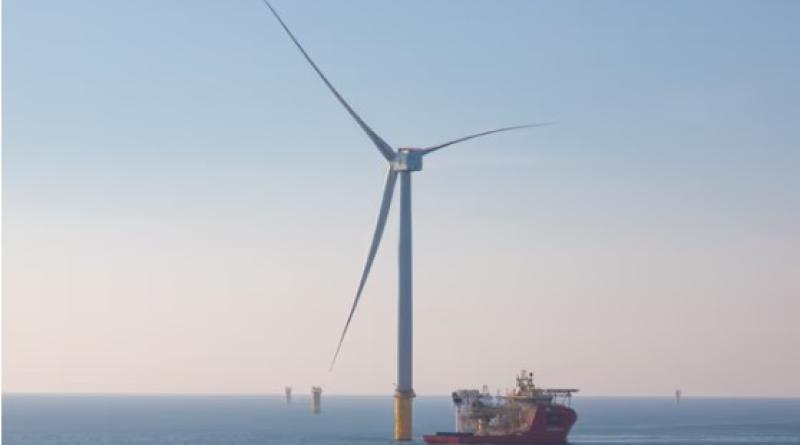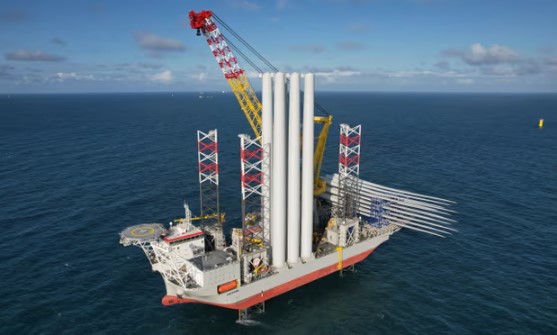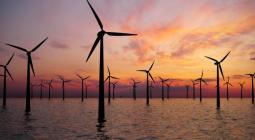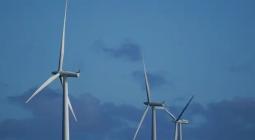World’s largest offshore windfarm project starts powering UK grid

The first turbine to be completed in a project to build the world’s largest offshore windfarm, in the North Sea, has begun powering British homes and businesses.
Developers confirmed on Monday that Dogger Bank, which sits 70 nautical miles off the coast of Yorkshire, started producing power over the weekend as the first of 277 turbines was connected to the electricity grid.
The project, jointly developed by Britain’s SSE and Norway’s Equinor and Vårgrønn, will produce 3.6 gigawatts of power, enough for 6m homes, when it is completed in 2026.
Rishi Sunak said the project was “critical to generating renewable, efficient energy that can power British homes from British seas”.
The prime minister’s endorsement comes weeks after he drew heavy criticism from green campaigners for rowing back on net zero policies as he seeks to make the energy transition a key political battleground.

The government was also condemned last month when a disastrous energy auction saw no new offshore windfarms secure contracts despite there being the potential for 5GW of projects – enough to power 8m homes.
Keir Starmer, who will address the Labour party conference in Liverpool on Tuesday, has said Sunak’s lack of investment in wind power is a “gift to Putin, who has strangled the international gas market we are hooked to”.
The costs of material, labour and finance have risen sharply for windfarm developers over the past year. Earlier this year, the Swedish energy company Vattenfall said it would cease working on the multibillion-pound Norfolk Boreas windfarm because rising costs meant it was no longer profitable.
Sunak said the £9bn Dogger Bank development would “not only bolster our energy security but create jobs, lower electricity bills and keep us on track for net zero”.
Alistair Phillips-Davies, the chief executive of SSE, said: “There’s been lots of talk about the need to build homegrown energy supplies, but we are taking action on a massive scale.”
The developers said each rotation of the 107-metre-long blades on Dogger Bank’s first turbine could produce enough energy to power an average British home for two days.
Last year, SSE switched on another huge wind project – Scotland’s largest offshore windfarm, Seagreen.
The surge in gas and electricity bills over the past two years, in part linked to Russia’s invasion of Ukraine, has thrown the spotlight on Britain’s domestic energy system.
The government has set a target to decarbonise the UK electricity system by 2035, while Labour has pledged to achieve the same feat by 2030. However, they face a considerable task to achieve those targets in a market currently reliant on fossil fuel power generation.





